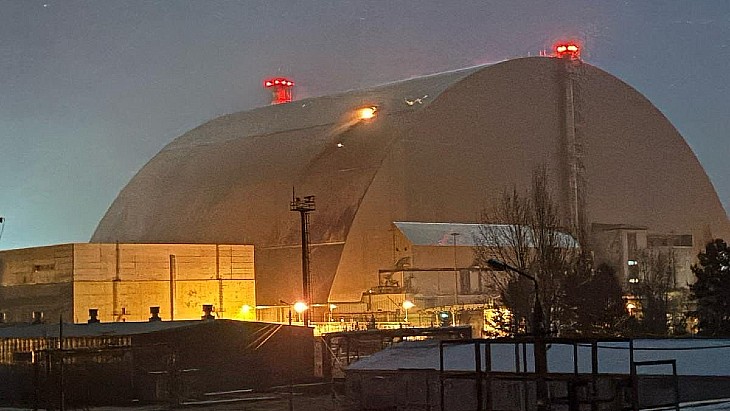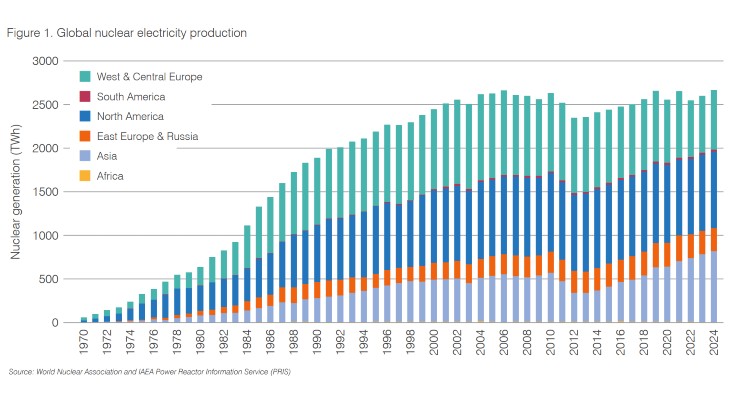ORIGINALLY PUBLISHED: 12.37pm GMT
UPDATE 1: 5.28pm GMT Spraying data, shared fuel storage temperatures
UPDATE 2: 5.50pm GMT External power connected
Spraying of reactor buildings continues at Fukushima Daiichi today, while workers tried to make a connection to a nearby transmission line and checked on central fuel storage.
Over the last few days concern had mounted over the water levels in the used fuel cooling ponds of units 3 and 4. Operations to drop water from army helicopters had little effect, but the flights allowed Tokyo Electric Power Company (Tepco) engineers a glimpse of the fuel ponds. It was thought that at least some water could be seen in unit 4, and the decision was taken to focus spraying on unit 3.
Army fire trucks were able to reach the top levels of the broken building yesterday. Chief cabinet secretary Yukiyo Edano said that water seemed to reach the pool, but quantities were unknown.
This spraying work continued today in bursts of seven to eight minutes before breaking to allow steam to dissipate. Each spraying operation takes about two hours in total. The same is being considered for unit 1, as long as this does not interfere with operations at unit 3, Edano said.
Four helicopters runs took place yesterday, delivering 7.5 tonnes of water each. Five army fire trucks undertook five spraying operations, spraying six tonnes of water each time. One police fire truck did a single 40 tonne spray. Today there were six army fire trucks delivering a total of 40 tonnes, while a high pressure spray on rental from US forces delivered two tonnes of water. All this was focused on unit 3, Tepco said, noting that it was hard to say how much water had reached the pond. Tomorrow they will be joined by Tokyo fire department's Hyper Rescue team.
The nuclear crisis was brought about by the effects of the tsunami that followed 11 March's 9.0 magnitude earthquake. It flooded seawater pumping rooms that allow ultimate removal of heat to the sea, at the same time destroying diesel generators required to power emergency systems.
When power for shutdown cooling was lost, the plant began a week-long battle to supply enough water to reactor cores, while managing the pressure issues that come with overheating.
External power
A cable has been laid from Tohoku Electric Power Company's transmission lines 1.5 kilometres away and Tepco has confirmed its connection as of 4pm. The plan is to supply power for emergency systems at unit 2 first, then switch to unit 1, then unit 3, then unit 4.
Tepco wants to begin this after checks to make sure systems are still functional - as they were in the period between the earthquake and the tsunami. Twelve of the company's workers are on this project, along with about 150 others.
A diesel generator is also thought to be in action to supply units 5 and 6 on the same alternating basis.
Central and dry fuel storage
Tokyo Electric Power Company has released the conclusions of a visual inspection of the power plant's central used fuel storage pond, where 60% of the total amount of used fuel is kept - some 6375 fuel assemblies. Water levels there are 'secured' and temperatures are 55ºC. A separate storage area where older fuel has been stored in dry casks since 1995 showed 'no signs of abnormal situation'. Detailed checks of both facilities are being prepared.
Researched and written
by World Nuclear News












